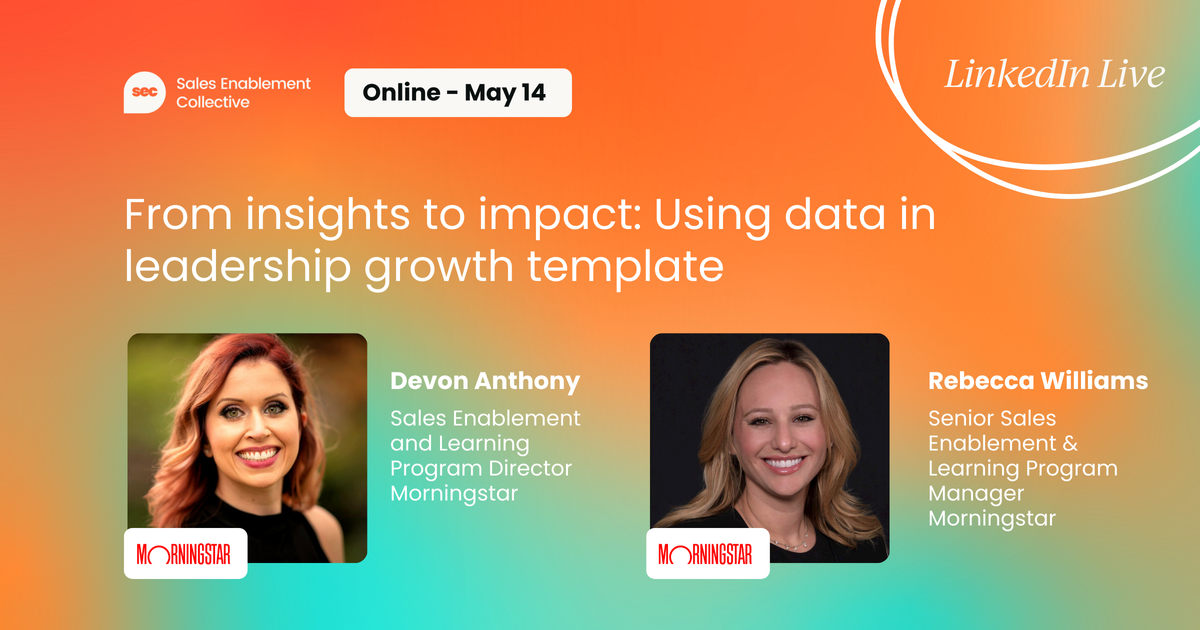This article comes from Ryan Joswick’s insightful talk at our Seattle 2024 Sales Enablement Summit. Check out his full presentation and our wealth of OnDemand resources.
Have you ever had a job that made you excited to wake up in the morning? One where the work felt meaningful, the people were inspiring, and the challenges kept you engaged all day long?
Now, think about the opposite. Have you ever had a job where you dreaded every minute of it, where Sunday night came, and you could already feel the weight of the week ahead?
Many of us have experienced both ends of the spectrum, and while the positive side feels like a dream, the negative side is a reality that many employees face today.
In sales enablement, we know that leadership development is key to creating an environment where employees feel engaged and excited about their work. But how do we build a leadership development framework that not only attracts top talent but also keeps them motivated, growing, and, most importantly, invested in their roles long-term?
In this article, I’ll walk you through the importance of employee engagement in leadership development, how to structure an effective leadership program, and how to ensure that you are constantly evolving and refining your approach.
From creating personal development plans to structuring mentorship programs, these are the strategies I’ve used to build world-class leadership development frameworks—and I’m excited to share them with you. Let’s dive in.
Employee engagement: The foundation of leadership development
Let’s start with employee engagement—something that’s top of mind for many organizations today. Engagement isn’t just about job satisfaction—it has a direct impact on leadership development.
A Gallup report recently revealed that employee engagement has hit an 11-year low, with 4.8 million disengaged employees in the workforce.
Statistically speaking, if you’re reading this at work and look to your left or right, one of your colleagues could be disengaged right now. That disengagement can quickly affect the performance of your team, and that’s why leadership development is so critical. When employees are engaged, they’re more likely to step up, take on more responsibility, and aspire to leadership roles.
It’s essential to understand how engagement and leadership development go hand in hand. If your employees aren’t engaged, no leadership development program in the world will work. You have to create an environment where people feel motivated, and where they feel they have a future in your organization. And that starts with strong leadership at all levels.



Sales enablement insider
Thank you for subscribing
Level up your sales enablement career & network with sales enablement experts
An email has been successfully sent to confirm your subscription.
 Follow us on LinkedIn
Follow us on LinkedIn







.svg)